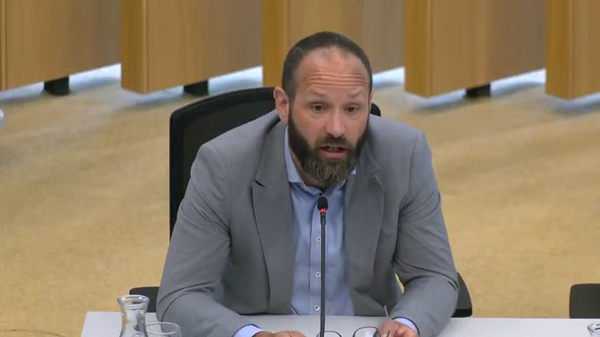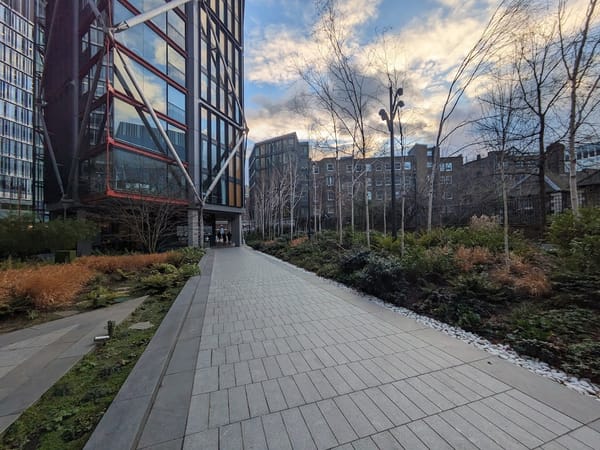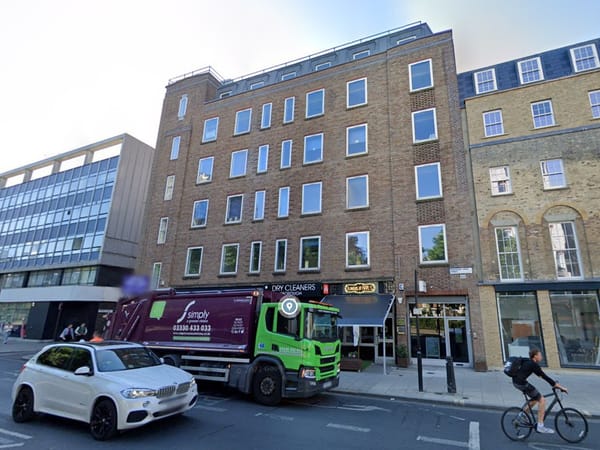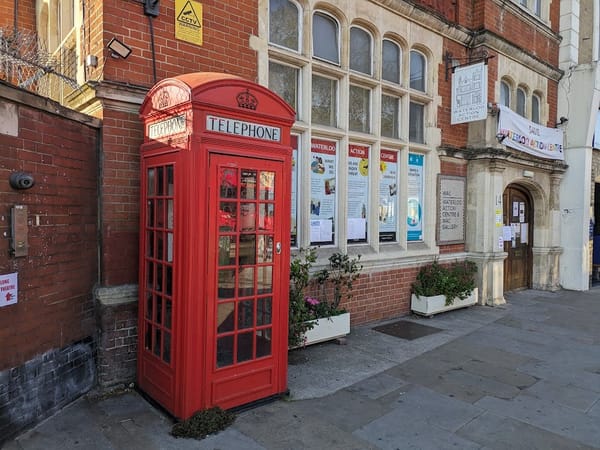Update: RAAC concrete not used at Guy's Hospital, checks confirm
** See below for an important update to this story **

Reinforced autoclaved aerated concrete - potentially at risk of crumbling - has been discovered at Guy's Hospital, but NHS bosses say there will be 'minimal disruption' when it is removed.
According to the minutes of a Guy's and St Thomas' NHS Foundation Trust board committee published this week, "Reinforced Autoclaved Aerated Concrete (RAAC) had been identified in a small proportion of the Guy’s boiler house roof and funding via the NHS England replacement programme was being sought.
"In the meantime, the building remains safe and there will be minimal disruption caused by its removal."
The boiler house is adjacent to the main entrance to the hospital and since 2007 the concrete facade has been covered by a decorative 'boiler suit' designed by Thomas Heatherwick.
RAAC is a type of lightweight concrete used in the UK between the 1950s and 1990s. Its bubbly texture has been likened to an Aero chocolate bar.
The material is now in most cases past its expected service life and there are concerns about its safety.
RAAC came to public and media attention in 2023, when the Department for Education advised schools to close buildings with RAAC until safety work took place.
Guy's Hospital does not appear on the Government's list of 42 English hospital sites known to have RAAC published last autumn.
The Department of Health and Social Care said in October that the Government is "committed to eradicating RAAC from the NHS estate entirely by 2035".
Potentially flammable cladding update
Meanwhile the same Guy's and St Thomas' document records that by last November "all high-risk aluminium composite material (ACM) cladding had now been removed from the Cancer Centre and replacement panels were on track to be installed by March 2024".
It is not clear who will ultimately foot the bill for the removal of the cladding from the Cancer Centre but the trust's latest financial report shows a year-to-date spend of £4.3 million on the project.





